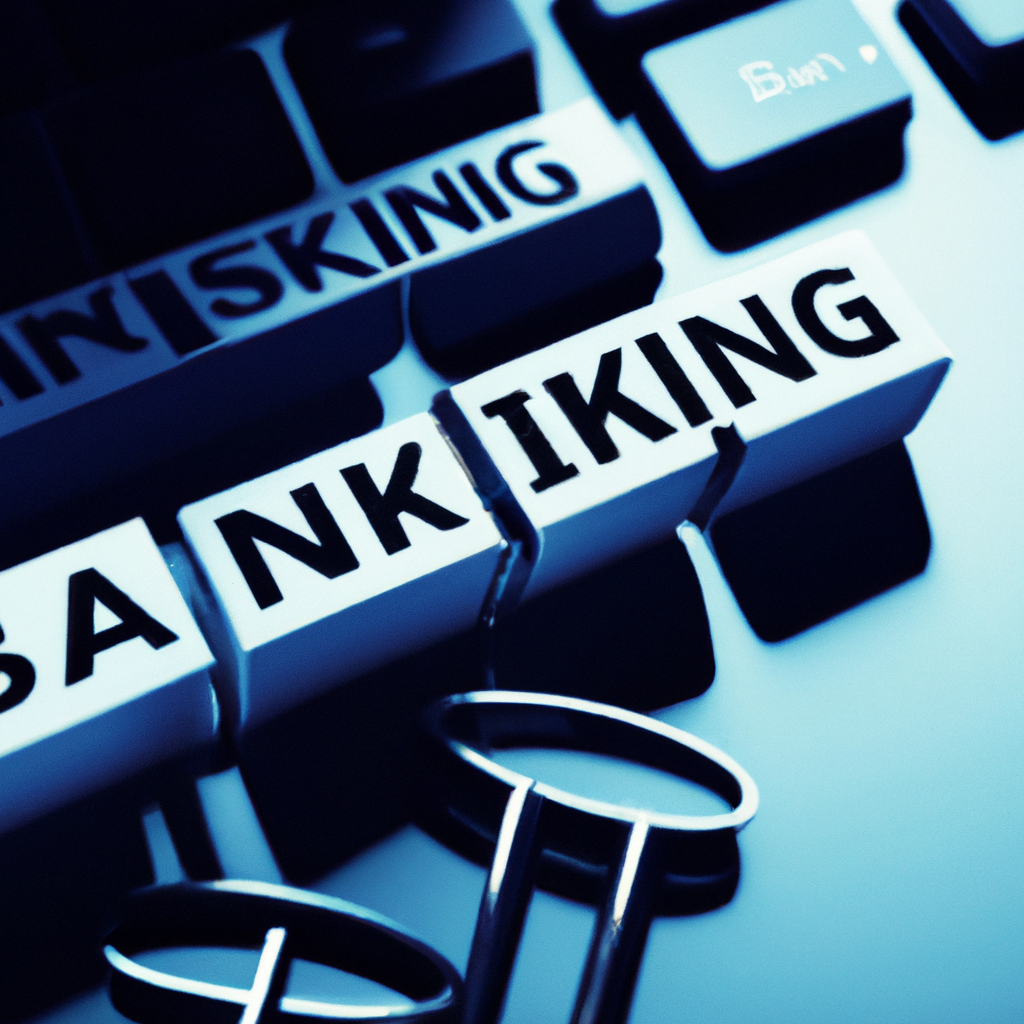## The Future of Banking: Exploring Technological Innovations
The banking sector has witnessed a significant transformation over the past decade, largely driven by technological advancements. These innovations not only enhance the customer experience but also streamline operations and improve security measures. This article delves into the latest banking technology innovations, shedding light on how they’re reshaping the financial landscape.
Digital and Mobile Banking
The shift towards digital banking has been monumental. Consumers now expect to carry out transactions, manage accounts, and access financial services from their devices anytime, anywhere. Mobile banking apps have been at the forefront of this change, offering features like mobile check deposits, real-time notifications, and personalized financial advice through AI-driven chatbots.
Blockchain Technology
Initially associated with cryptocurrencies, blockchain technology has far-reaching implications for the banking sector. Its capacity to offer secure, transparent, and efficient transactions is unparalleled. Banks are exploring blockchain for various uses, including cross-border payments, fraud prevention, and smart contracts, which automate and enforce agreements without human intervention.
Smart Contracts
Smart contracts on blockchain eliminate intermediaries, reducing costs, and speeding up transaction times. These self-executing contracts with the terms of the agreement directly written into code could revolutionize banking by making transactions more secure and efficient.
Artificial Intelligence and Machine Learning
AI and machine learning technologies are redefining how banks understand and interact with their customers. From personalized banking experiences to advanced fraud detection systems, these technologies leverage large datasets to predict behavior, streamline customer service, and enhance decision-making processes.
Personalized Financial Services
Banks use AI to analyze customer data and offer personalized financial advice, product recommendations, and investment strategies. This customization improves customer satisfaction and loyalty, representing a significant shift from the one-size-fits-all approach of traditional banking.
Advanced Fraud Detection
Machine learning models are trained to detect patterns and anomalies indicative of fraudulent activities. By analyzing millions of transactions in real-time, these systems can identify and flag suspicious activities with greater accuracy and speed than ever before.
Biometric Security
As digital banking grows, so does the need for robust security measures. Biometric security, including fingerprint scanning, facial recognition, and voice authentication, offers a secure and convenient way for customers to access their accounts. These biometric identifiers are nearly impossible to replicate, significantly reducing the risk of fraud.
API Banking and Open Banking
The advent of API (Application Programming Interface) banking and the push towards open banking have fostered a more interconnected financial ecosystem. Banks can securely share customer data with third-party providers (with the customer’s consent), enabling the development of new financial products and services that offer more choice and better experiences for consumers.
Enhanced Product Offerings
Open banking allows third-party developers to create innovative financial management tools, payment solutions, and more, all designed to work seamlessly with bank accounts and financial services. This collaboration leads to enhanced product offerings, giving consumers more control over their financial lives.
Conclusion
The banking sector’s technological evolution is accelerating, driven by consumer demand for more accessible, efficient, and secure financial services. As banks continue to invest in and adopt new technologies, the future of banking looks promising, with innovations that promise to reshape the financial landscape in ways we are just beginning to comprehend.
